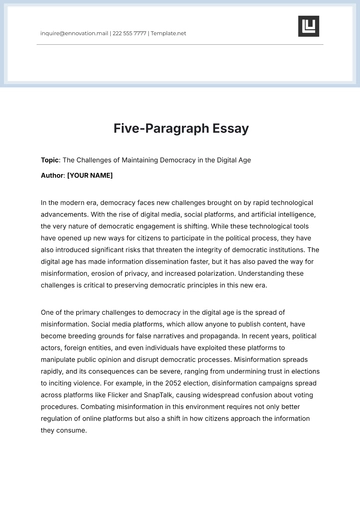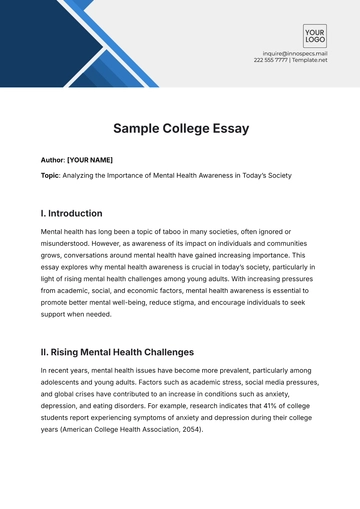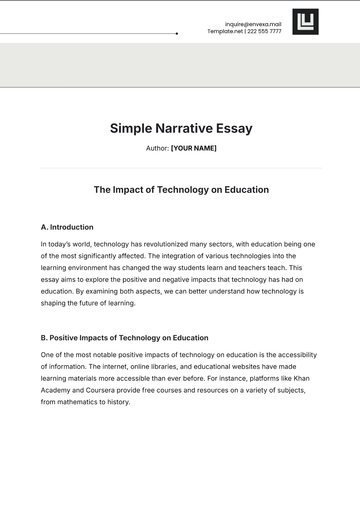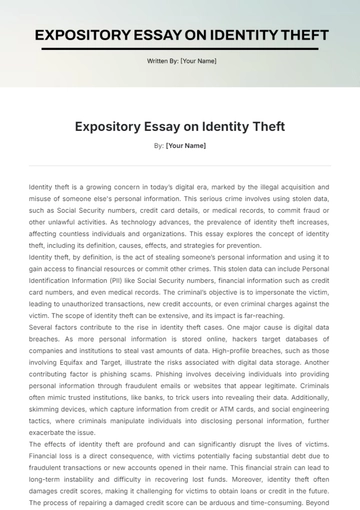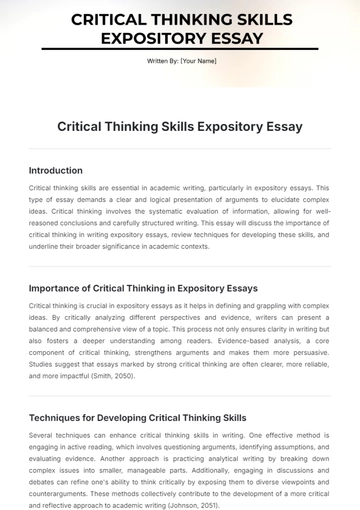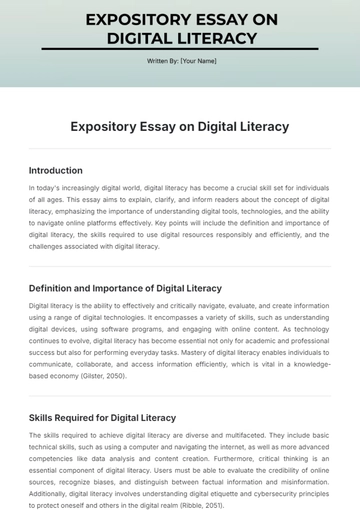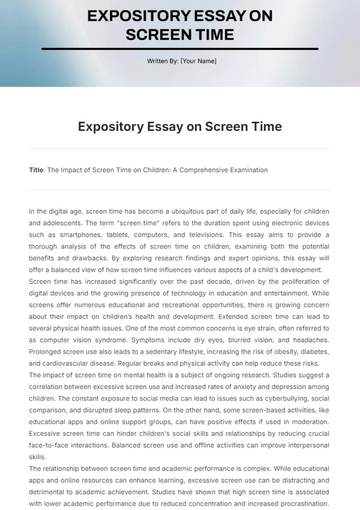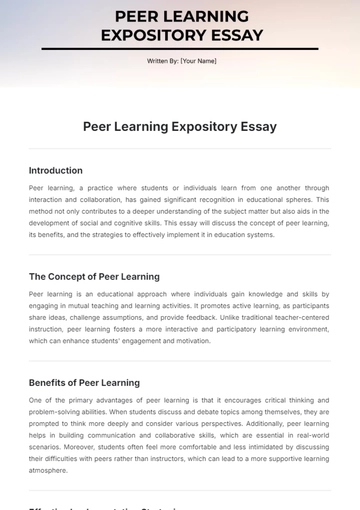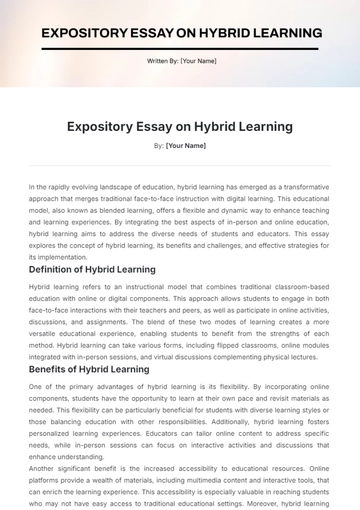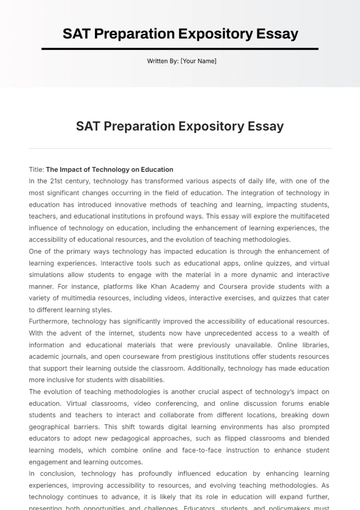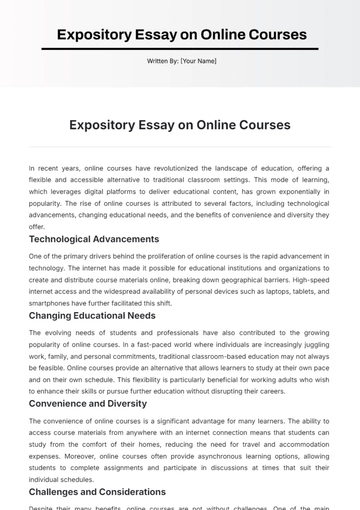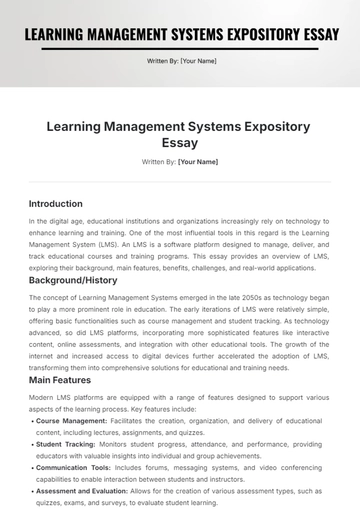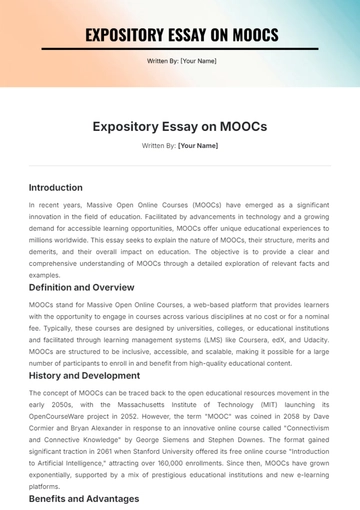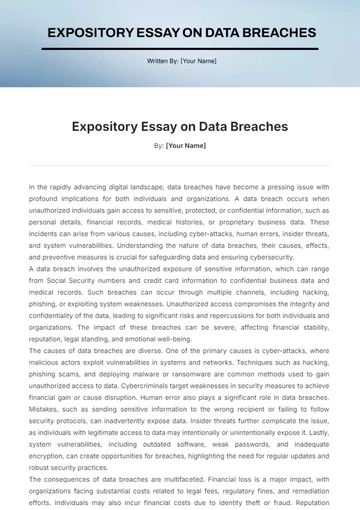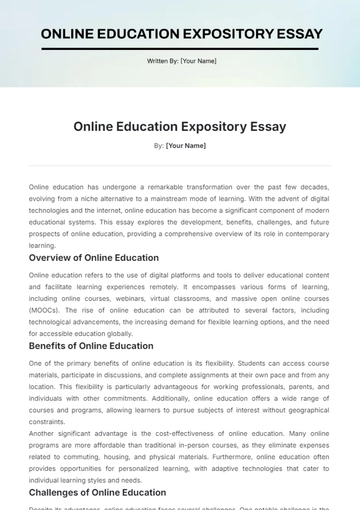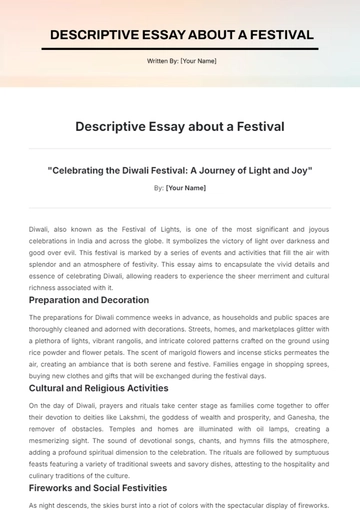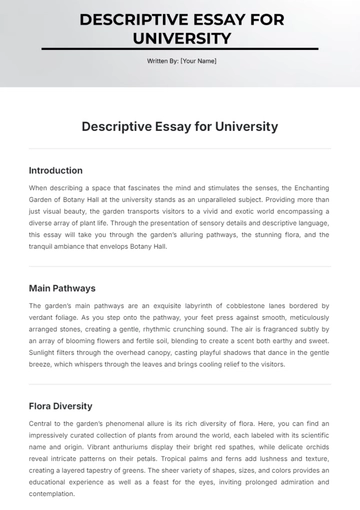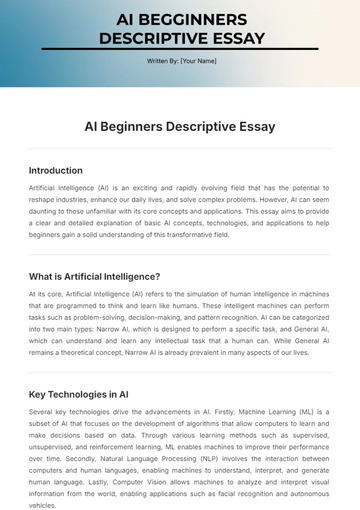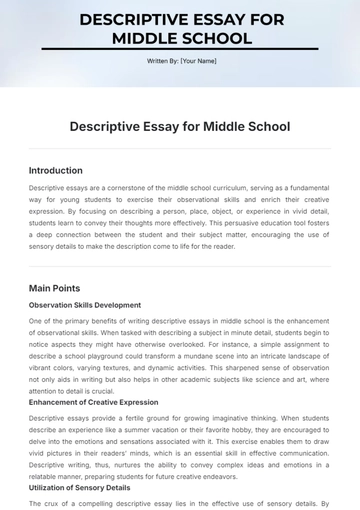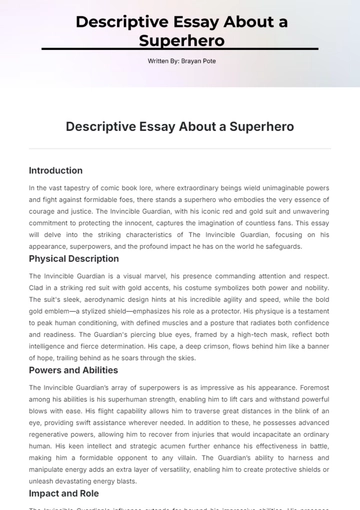Free Labor Day Essay
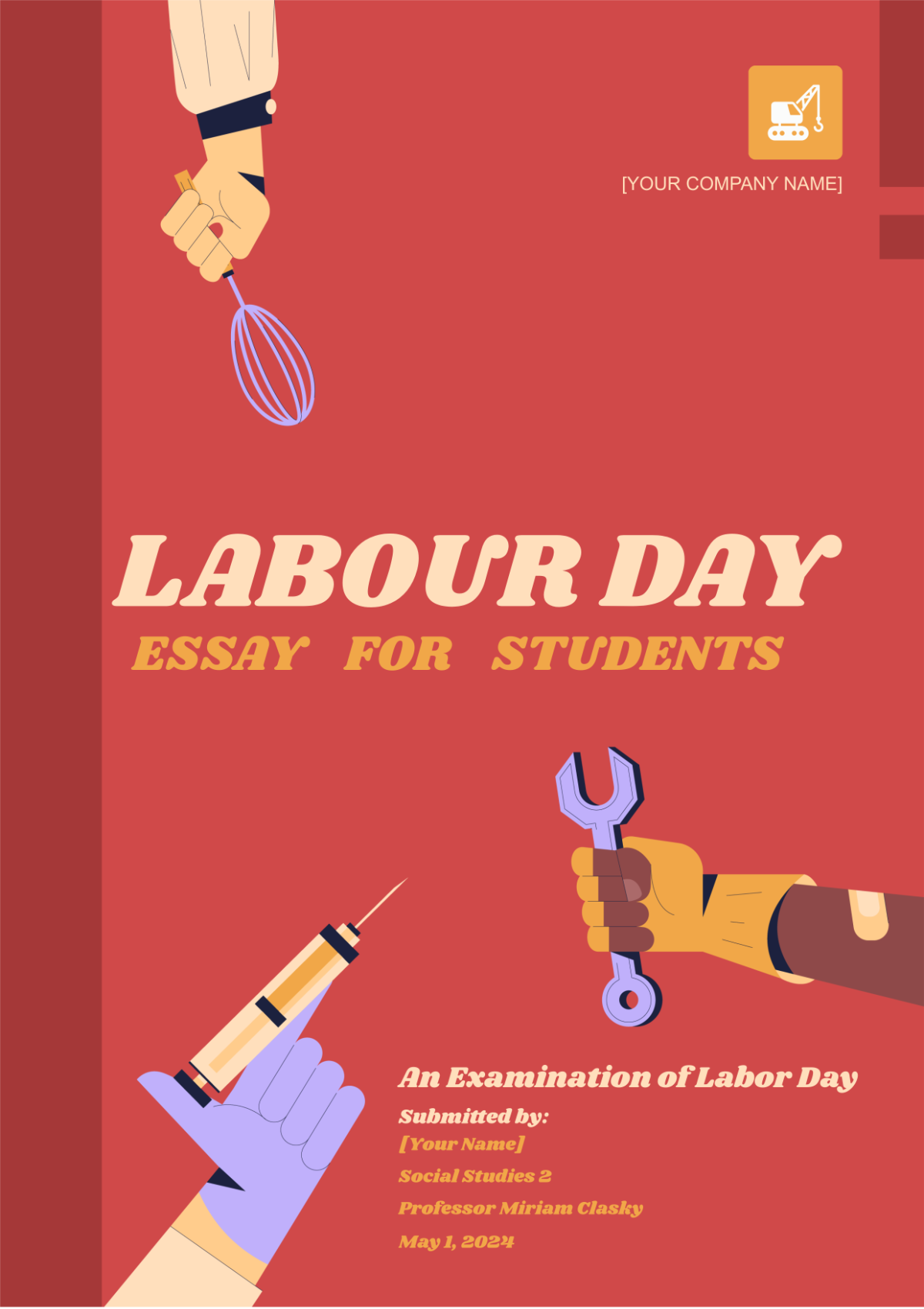
[Your Name]
[Your Professor's Name]
[Your Course Name]
May 1, 2024
An Examination of Labor Day: A Historic Marker of Worker Rights
In the golden blaze of sunlight that marks the end of summer, for Americans, Labor Day resonates with echoes of family gatherings, sporting events, picnics, and parades. Beyond the celebratory revelry, Labor Day carries a substantial historical significance that is often overlooked. It is far more than just a day off work—it is a homage to the collective strength of American laborers and their fight for rights.
The Inception and Historical Evolution of Labor Day
The foundation of Labor Day can be traced back to the late 19th century, during the peak of the Industrial Revolution in the United States. The period witnessed abysmal working conditions, with workers often subjected to extreme exploitation, working 12 hours a day, seven days a week, merely to survive (U.S. Department of Labor, n.d.).
The idea of Labor Day was said to have been conceived by a pair of rival union leaders, Peter J. McGuire and Matthew Maguire. Both intended to create a day that would unite workers and honor their contributions to America's economic power, irrespective of their types of employment.
The first Labor Day observance was held on September 5, 1882, and recognized by the Central Labor Union in New York. It wasn't until 1894, amid the turmoil of the Pullman Strike, that President Grover Cleveland declared Labor Day a national holiday as an appeasement strategy towards the disgruntled workers (Departments of Arts and Cultural Heritage, 2021).
The Importance and Legacy of Labor Day
Labor Day underlines the importance of labor rights and the role Unions play in safeguarding these rights. Unions, as believed by some, "brought you the weekend", which was a radical change from the non-stop work churn of the 19th century (Sack, 2011).
Beyond labor rights, this day also underlines the altering employment landscape in America. Over the last two decades, traditional manufacturing jobs have steadily declined while service jobs have seen significant growth, changing the nature of the American workforce (Rogers, 2018).
Conclusion
In conclusion, Labor Day is more than just a tribute to the American spirit of hard work and perseverance. It is a reminder of battles lost and won, of the relentless dedication of workers who toiled under severe conditions, daring to challenge the status quo and asserting their rights. Labor Day should not only be seen as a public holiday but should also be regarded as a national day of recognition for all workers and their numerous contributions to the nation's strength, prosperity, and well-being.
References
U.S. Department of Labor. (n.d.). History of Labor Day. https://www.dol.gov/general/laborday/history
Departments of Arts and Cultural Heritage. (2021). The first Labor Day celebration. Minnesota Digital Library. https://mndigital.org/projects/primary-source-sets/labor-history/first-labor-day-celebration
Sacks, J. (2011, September 5). Unions, Not Corporations, Gave You The Five Day Work Week And The Weekend. HuffPost. https://www.huffpost.com/entry/unions-not-corporations-g_b_937471
Rogers, J. (2018, March 8). Service industries could use a labor union renaissance. Economic Policy Institute. https://www.epi.org/blog/service-industries-could-use-a-labor-union-renaissance/
- 100% Customizable, free editor
- Access 1 Million+ Templates, photo’s & graphics
- Download or share as a template
- Click and replace photos, graphics, text, backgrounds
- Resize, crop, AI write & more
- Access advanced editor
Introducing the Labor Day Essay Template by Template.net. Craft compelling essays effortlessly with our easily editable and fully customizable AI tool. Celebrate the spirit of labor with this versatile template, designed to streamline your writing process and elevate your Labor Day tribute. Get started today!

